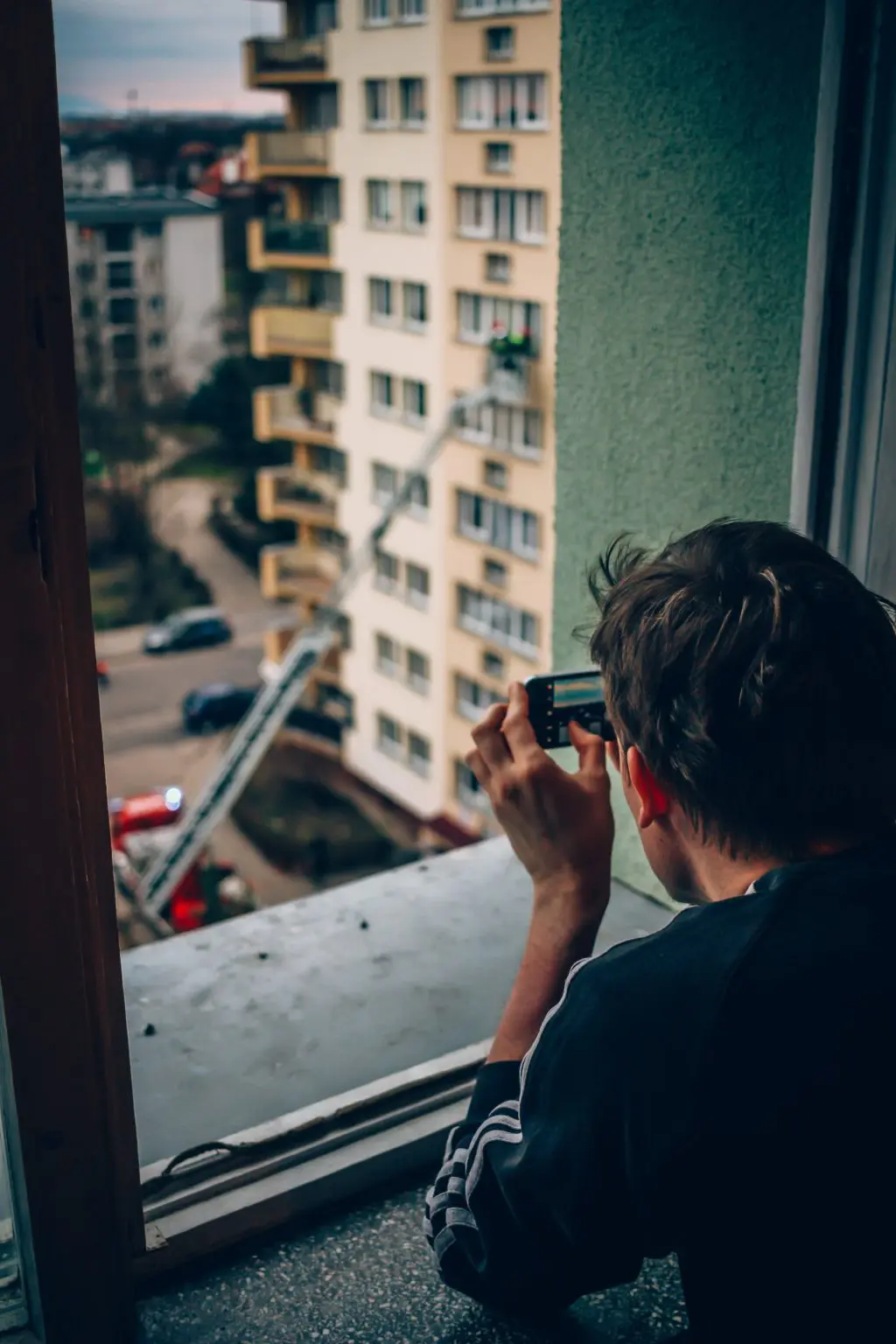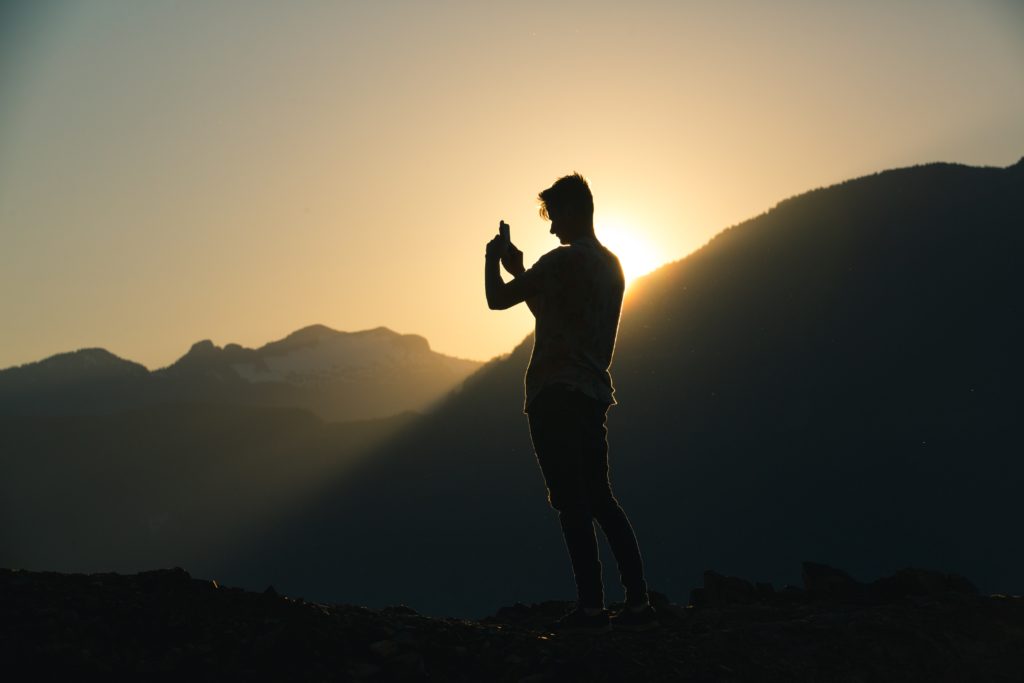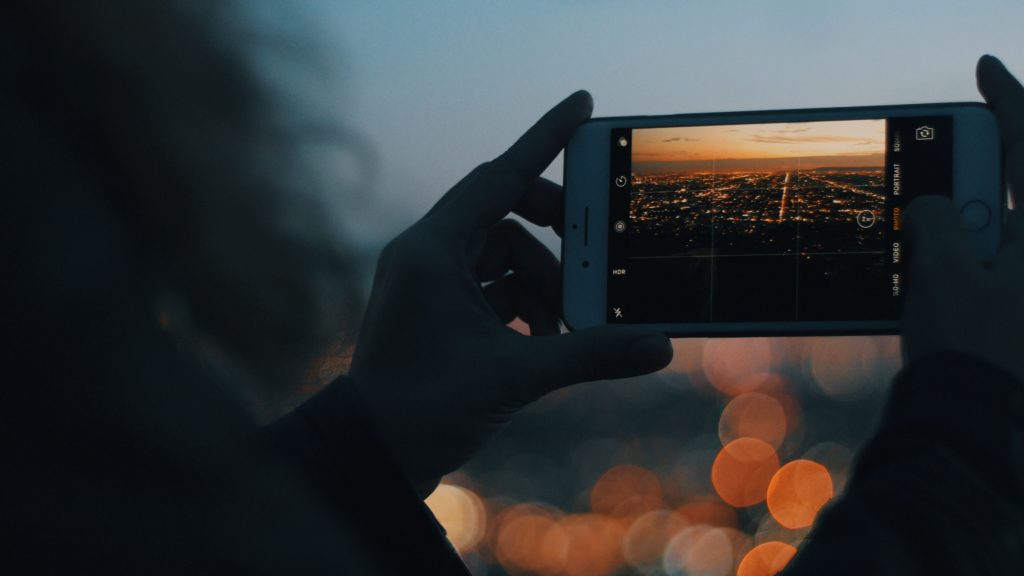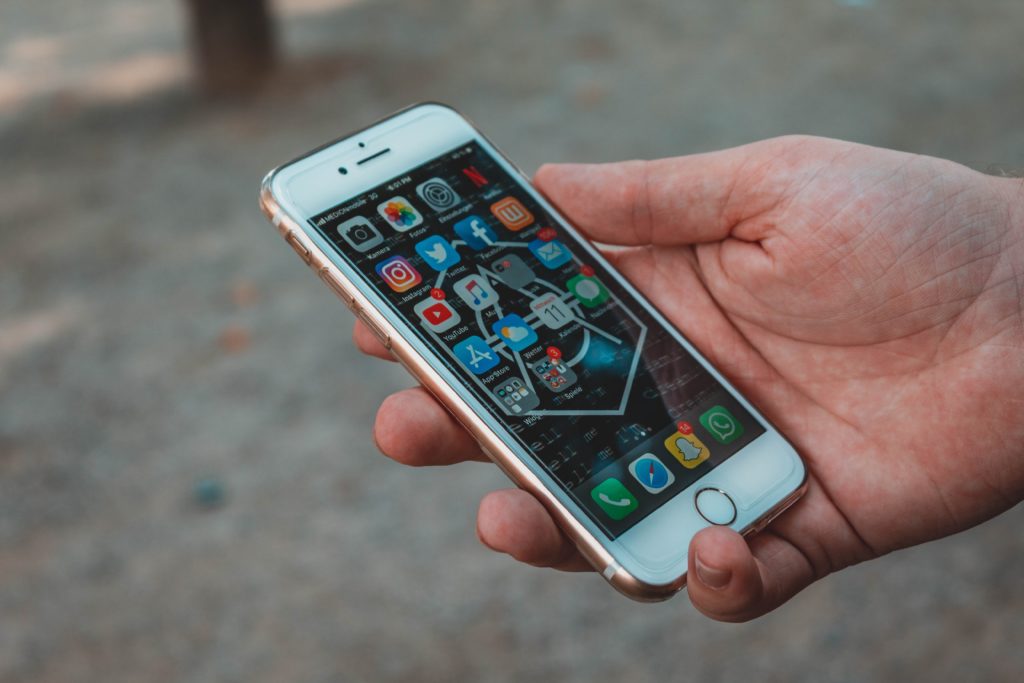Whenever we get to the subject of smart phone photography, there is always a little controversy. In fact you might consider it snobbery. The idea that someone can take a fantastic photo with a device with which you are meant to communicate, seems to rub a certain section of the community the wrong way.
Today, however, we are here to tell you that you can skyrocket your photography skills using a smartphone camera. We will show you how that humble device in your pocket can teach you new skills both creative and technical.
Here’s why:

It’s Always With You
Risking the editor’s wrath, there is a saying, “the best camera is the one you have with you”. However, a significant majority of us will carry a smartphone pretty much everywhere we go. Therefore, we are constantly carrying the ”best camera”.
The problem is, we often forget we have a powerful camera in our pockets. We neglect to pull it out when a photographic opportunity arrives. To counter this, go on some photographic shoots carrying just your phone. Have an idea of what you want to achieve, from both technical and creative standpoint. Then try to achieve it with your phone.
You will probably not get it right immediately. However, with practice, you will find yourself become a better photographer with your phone. That in turn will lead to you using your phone as a camera even when not out specifically for photography.
Having a smartphone camera with you can be very liberating. You start to see shots that you may well have walked past or ignored with a bigger camera. We find it so liberating we devoted a whole article to it here!

The Prime Lens Syndrome
We, at Light Stalking, are big fans of prime lenses and with good reason. A prime lens makes you think about your composition. It entices you to change your perspective to get great shots. The vast majority of smartphone cameras use prime lenses.
Modern smartphones may have two, three or even more lenses built in to them. However, for the most part, they will all be of a fixed focal length. This means you will need to move closer to, or further away from your subject. In short, you need to concentrate on your position to get the best composition.
Try to avoid the “zoom” feature on your smart phone. For the most part, this “zoom” is digital, degrading the image quality as the focal length increases. If you cannot get close or wide enough, simply walk closer or further away.

Computational Photography Can Inspire You
We recently talked about the rise of computational photography in smartphones. This is where your device uses the power of its CPU and GPU to overcome its hardware limitations. Some classic examples of this are simulated bokeh, night modes and high key portraiture. These are all achieved in a smart phone by combining multiple images taken at once and combining them in an almost instant post production.
These techniques can be quite hard for a newbie to get right. However, being able to see the results first hand using a phone camera should inspire you. You can go out and practice these techniques for real using a full size camera. This will give you a much better result compared to a smartphone. Also, shooting full size will teach you many new technical and creative techniques required to achieve these shots.

Limited Technology Can Free Creative Possibilities
As incredible as they are, smartphones are technologically limited when compared to our larger, dedicated cameras. However, learning and understanding these limitations can make us better photographers. We have already mentioned the fixed lenses on most smart phones, however most of these lenses have a fixed aperture as well. They also have a very small sensor.
Bear in mind that small sensors and relatively wide focal length of the lenses can give us a deep depth of field despite a wide, fixed aperture. Finding ways to overcome this can challenge us creatively. For example, to get a shallow depth of field, you may need to get really close to the subject and maybe even focus manually.
Small sensors also tend to be noisy even at relatively low ISO compared to full frame or mirrorless cameras. This, in turn, challenges us to shoot low ISO in low light and think about shutter speed and camera stability.
There’s An App For That
Most native camera apps are fairly limited. However, these days there are some incredibly sophisticated third party apps. These allow us to shoot in a similar way to our main cameras. They offer manual control of focus and exposure, allow us to set manual or preset white balance or even shoot in RAW format!
That device in our pocket has become a a tool that is capable of taking professional images. In the right hands and under the right conditions, a phone is able to create incredible images. Apps such as Snapseed, Lightroom Mobile and First Light can give us immense control over what our smart phone camera can do. With that comes a good degree of creative freedom!
Having taken the shot, we also have numerous powerful tools for editing it. No longer do we need to wait until we get home and upload images to a computer! Now we can shoot and edit within seconds. Create while the vision we are trying to achieve is still fresh in our mind!

Smartphone cameras can be liberating, educational and just plain fun to use. Their limitations are the very thing that can push us to improve our photographic skills both technically and creatively. What's more, your smartphone camera is likely to be in your pocket wherever you are and at any time of the day.
To learn more about smartphone photography, check out the links below.
Further Reading:
- 6 Common Smartphone Photography Issues And How To Fix Them
- 5 Free E-Books On Smartphone Photography
- The Freedom Of Smartphone Photography
- How To Make Your Smartphone Photos Look Like They Came From A Pro Camera
- 3 Tips To Releasing The Power Of Your Camera Phone
- The Unstoppable Rise Of Computational Photography




